Japanese Cuisine: A Mix of Flavor and Precision
Japan's world-famous food shows off the country's rich cultural history and legendary cooking skills through its beautiful presentation and careful preparation.
Japanese cooking customs that go back hundreds of years are based on the ideas of balance and harmony, as well as using fresh, in-season products.
The fact that each meal is made with such care and attention shows how seriously the cooks take using only the best materials.
The persistent search for taste by Japanese cooks is a big reason why the food is famous around the world and continues to be popular.
Traditional Dishes
Sushi
Sushi, one of the world's most popular foods, lets people worldwide enjoy Japanese cuisine. Sushi evolved from a simple way to preserve fish in cooked rice to a multifaceted food over several centuries.
Vinegar, seaweed, raw fish (sashimi), and vegetables make sushi. Nigiri can be made by hand-pressing rice. Rolling rice like maki is another method. Finally, sashimi is rice-free raw fish.
Every type needs extra care and attention to detail for a balanced taste and texture. Sushi usually has soy sauce, wasabi, and pickled ginger.
Ramen
The ramen bowl represents Japan worldwide. This hearty noodle soup has been made in many ways since its origins in China and its arrival in Japan in the early 1900s.
Ramen is usually topped with chashu, seaweed, green onions, and soft-boiled eggs. Noodles are cooked in delicious soup. The first and last part of ramen is the soup, which can contain shoyu, miso, salt, or pig bone. Each type of soup has its own flavor.

Tempura: lightly battered and fried delicacies
It has the perfect tempura texture and taste, typical of Japanese food. Light batter coats fish and vegetables for deep-frying.
Portuguese priests brought tempura to Japan in the 1600s, and it has been a staple ever since. Great tempura only requires ice water, flour, and sometimes an egg. Put the batter in the fridge to make it light and crunchy before frying.
Japan usually serves tempura with shredded daikon radish and tentsuyu, a soy sauce-mirin-dashi sauce, as a side. Fun to eat because the outside is crunchy and the inside is soft. Tempura can be eaten in a bowl (tendon), on other noodles, or alone.
Balance, Seasonality, and Presentation
Japanese food theory is based on three ideas: balance, seasonality, and appearance. These things are needed to make dishes that are healthy, look good, and taste great.
Balance
Japanese food is all about balance, and each dish shows that through the way it carefully mixes tastes, textures, and colors. It is important to find a balance between umami, sweet, salty, sour, bitter, and sour.
The meal has a good nutritional value because it focuses on using a range of ingredients to provide a healthy diet.
Seasonality
Another important thing about Japanese food is that it changes with the seasons. No matter how experienced you are as a cook or how new you are, you'll notice that Japanese food changes a lot with the seasons.
Using foods that are in season not only makes the food taste better and stay fresh longer, but it also helps people understand how the earth's natural cycles work.
A lot of people eat seasonal foods to remember important events like holidays, which adds to the cultural importance of the meals.
Presentation
When Japanese people eat, how the food looks is very important to them. The dinner's decorations are meant to give off a subtle air of luxury.
A lot of thought goes into how to combine colors, shapes, and textures in a way that makes the end result look good. Excellent china, which is usually handcrafted and picked to go with the food, takes the whole dining experience to a whole new level.
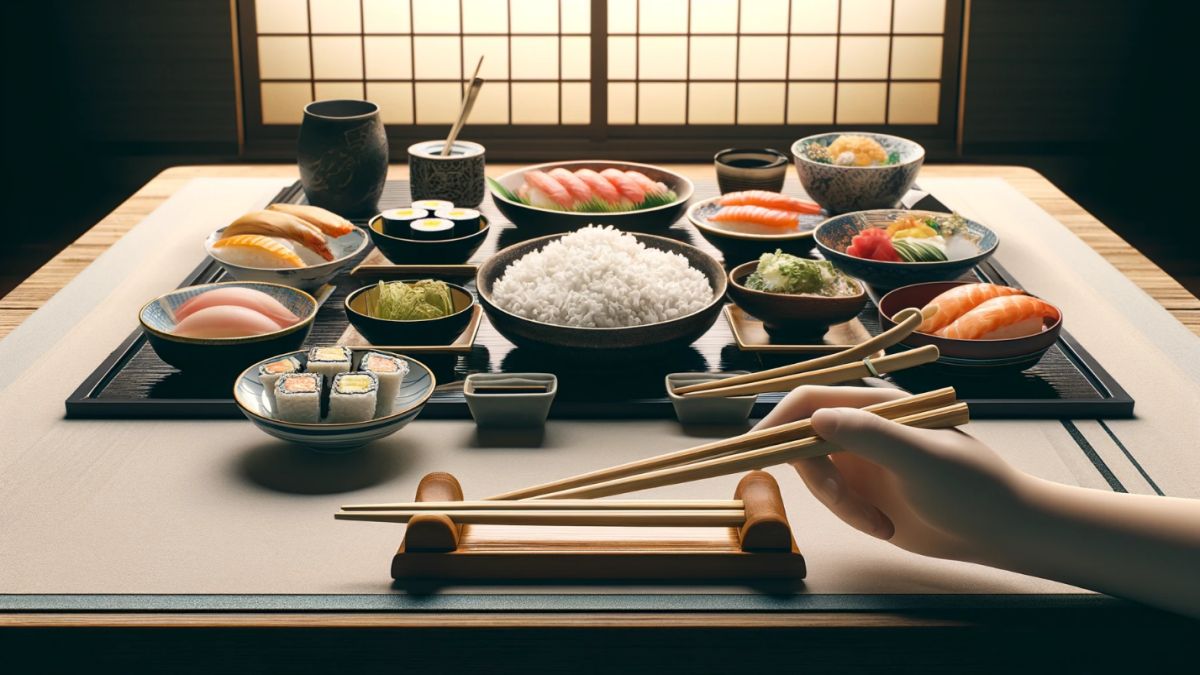
Interesting Facts
Japan has more Micheline-Starred restaurants than any other country
There are a lot of Michelin-starred places in Japan, which shows how much the country values good dining. Tokyo has more Michelin-starred restaurants than any other city in the world as of 2021.
Japan has more restaurants per person than any other country in the world. This prize shows how committed the country is to quality, new ideas, and keeping old recipes alive.
Sushi was originally a street food in Japan
Some five-star places serve sushi, but it used to be a simple snack you could get on the street. During the Edo period (1603–1868), people who lived in cities could buy food on the go from traders.
People used to eat sushi while waiting at outside sellers. It was an early form of fast food. Even though sushi has become a famous food, its simple beginnings as a quick and easy lunch are still very important.
Unique Japanese Food Etiquette
Japanese table manners are unique and interesting. They reflect the culture's ideals of cleanliness, unity, and respect.
Slurping noodles
In Japanese society, eating noodles is seen as cool and even encouraged.
Some people think that slurping the noodles and soup makes the food taste better, so that's a good way to enjoy it. Also, sucking is a way to show your respect for the chef's work.
Oshibori
As a ritual, guests are given an oshibori, which is a wet hand towel wrapped in a certain way, before each dinner.
People show how clean they are by using the oshibori to wash their hands before every meal. For customer comfort, some places serve oshibori hot in the winter and cold in the summer.
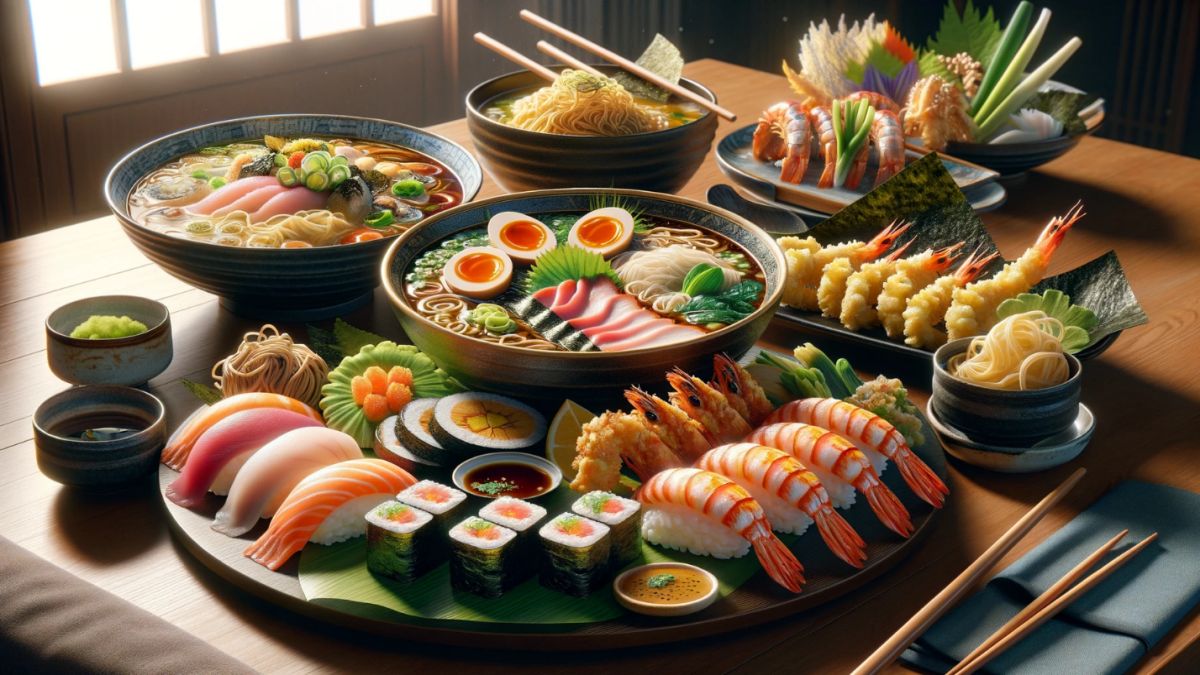
Chopstick Etiquette
In Japanese eating customs, using chopsticks correctly is very important. People think it's rude to stick chopsticks vertically into a rice bowl because it looks like a death practice.
Putting food straight from one set of chopsticks to another is also not done because it is seen as disrespectful and reminds people of a ritual that is done at Japanese wakes.
Where I eat, food should be passed with chopsticks held at opposite ends or a small plate.
Conclusion
Due to its emphasis on balance, seasonality, and display, Japanese cuisine has influenced the world. Japanese cooking is admired worldwide for its skill and delicacy. They revere the food and customs.
Japanese food has many healthy flavors and textures. The light crunch of tempura, the soothing warmth of ramen, and the beauty of sushi are all to be enjoyed. Japanese cuisine's fundamentals haven't changed much.
Fresh, natural products and family meals are still important to them. Japanese food is served differently in quiet tea houses in Kyoto, busy markets in Tokyo, and cool sushi restaurants in New York.
OTHER NEWS
-
- Delicious but Unhealthy: Five of the Unhealthiest Fast Foods
- By Prodosh Kundu 19 Aug,2024

-
- The History of Salads—And Must-Try Recipes
- By Prodosh Kundu 02 Sep,2024
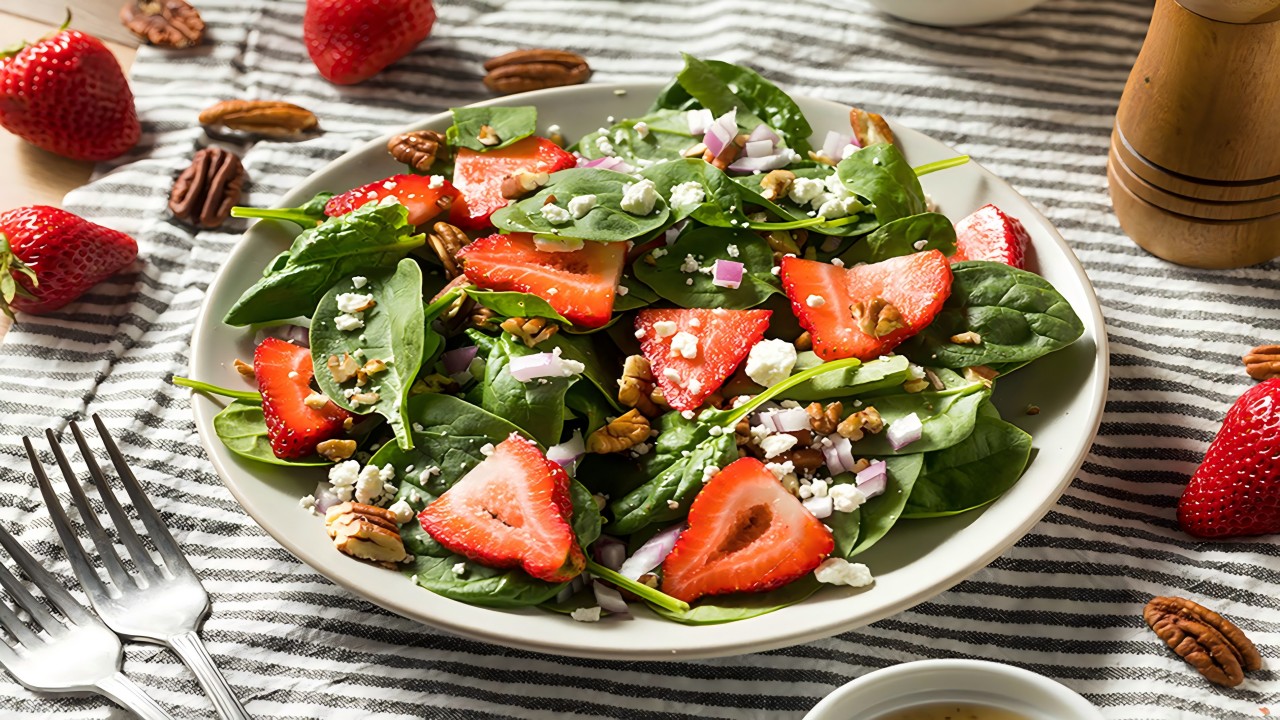
-
- A Taste of Greece: Exploring the Flavors of Mediterranean
- By Roha Tariq 22 May,2024

-
- The Development History of Pudding Desserts: A Sweet Journey Through Time
- By Molly Joshi 21 May,2024

-
- American Cuisine: A Journey Through Regional Delicacies
- By Roha Tariq 22 May,2024

-
- Five Things You Must Know About the Mediterranean Diet
- By Prodosh Kundu 08 Jul,2024

-
- The History of Tacos—And Must-Try Recipes
- By Prodosh Kundu 03 Sep,2024

-
- The scrumptious Christmas
- By Taruna Agarwal 17 May,2024

-
- The History of Waffles: And Must-Try Recipes
- By Prodosh Kundu 03 Sep,2024
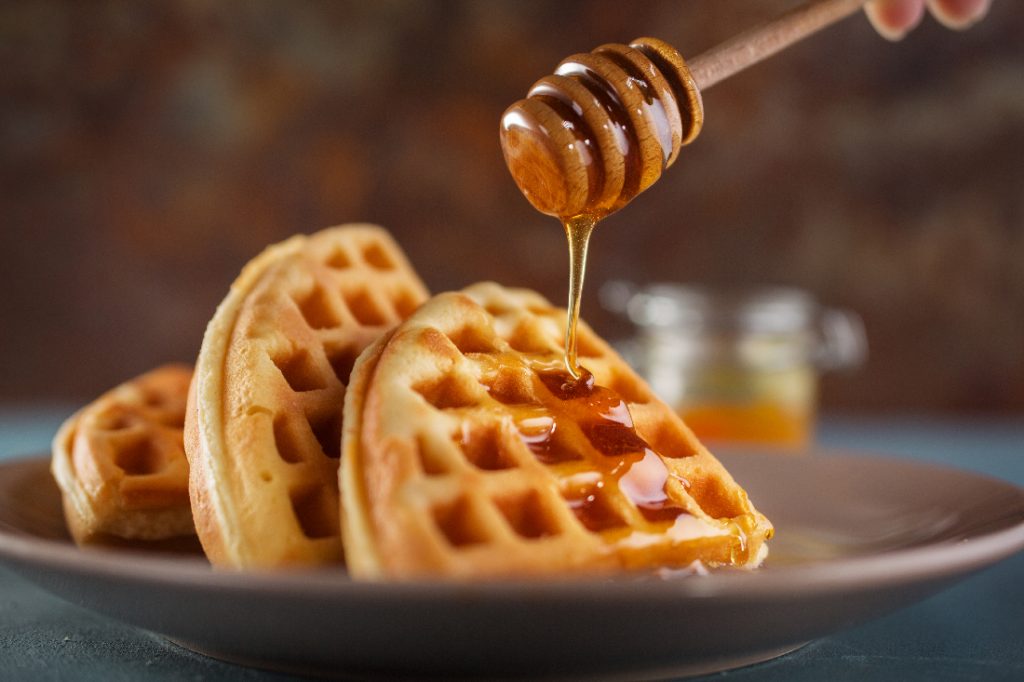
-
- The Carrot Cake: America’s Wholesome Dessert
- By Roha Tariq 17 May,2024

-
- The Delicious Evolution of Cheese Desserts: A Historical Journey
- By Molly Joshi 21 May,2024
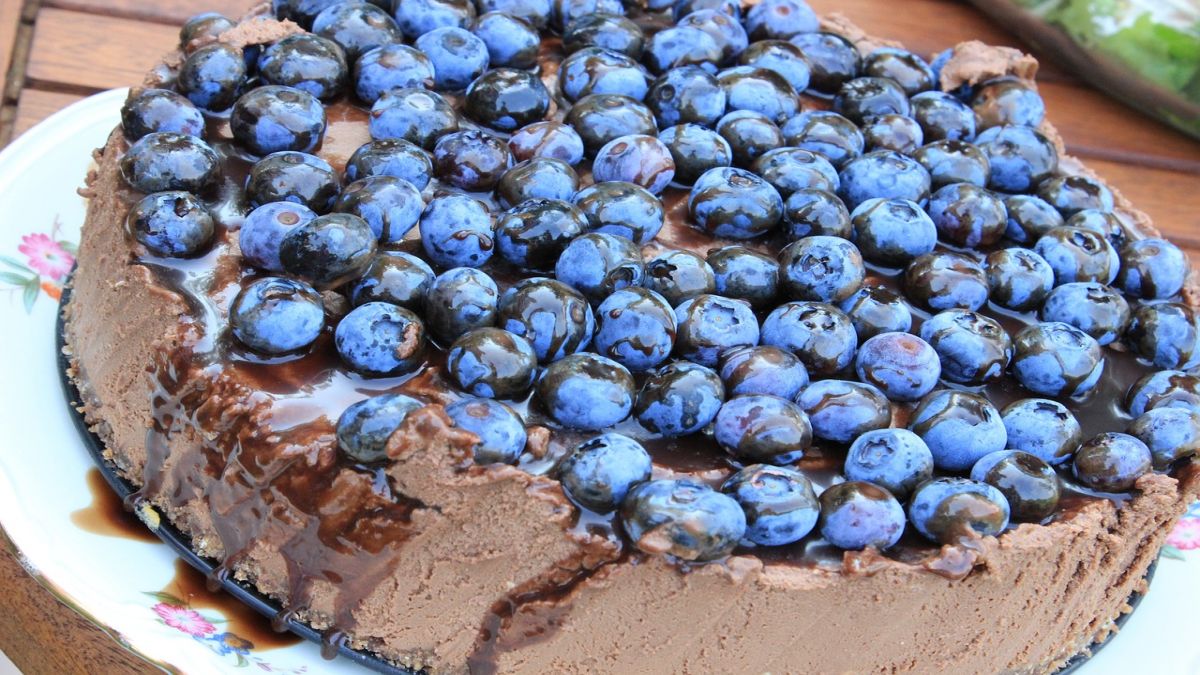
-
- British cuisine: From Fish and Chip to Afternoon Tea
- By Roha Tariq 22 May,2024

 1
1 1
1